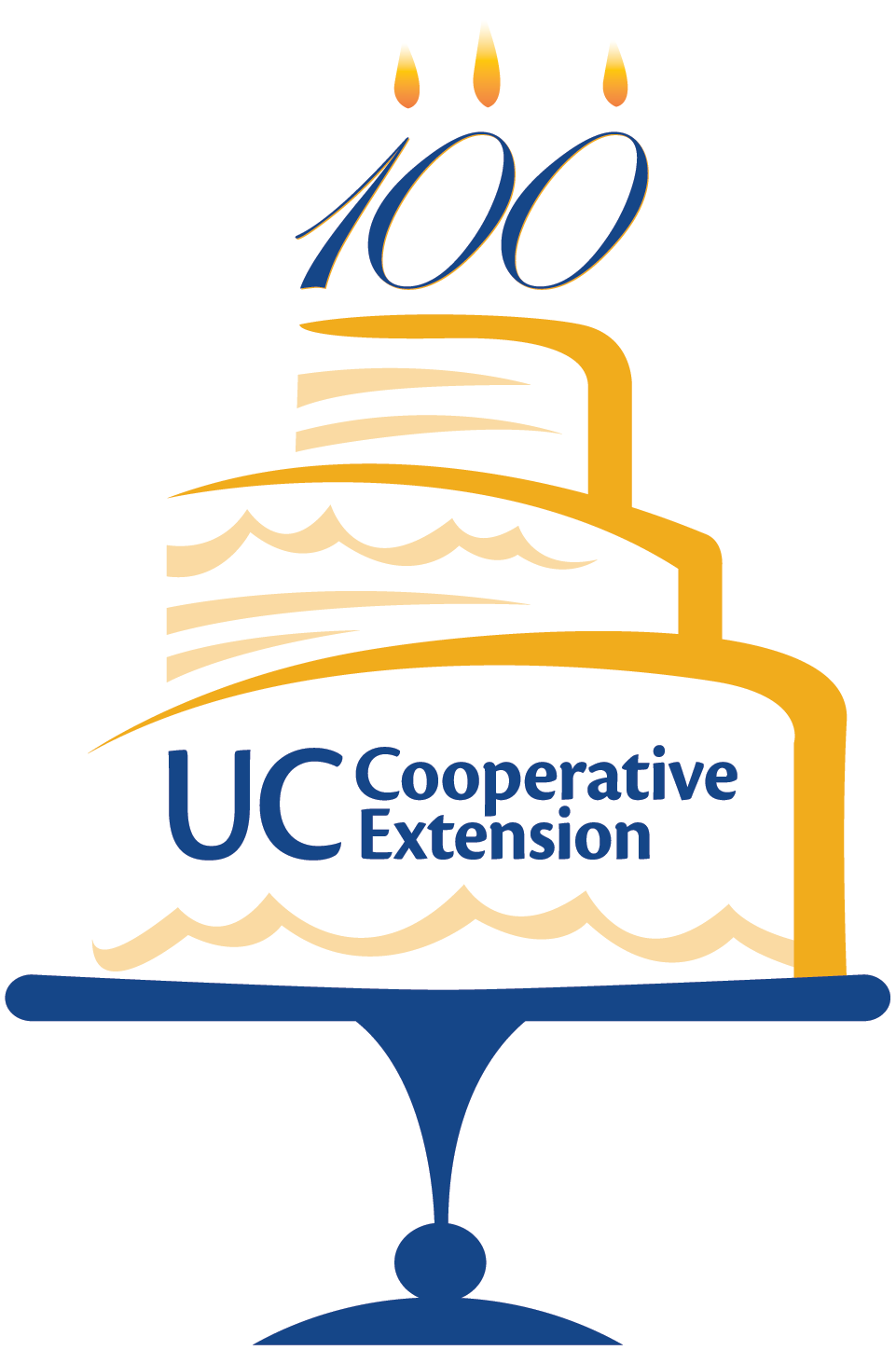Happy 100th Birthday, UC Cooperative Extension
In 1914, the Smith-Lever act establish funding for localized farm advisors to extend  information to farmers and rural areas to increase farm productivity. Over the past 100 years, UC advisors across California have been integrated into many communities, providing guidance for agricultural productivity, youth development (4-H), human nutrition, and urban horticulture (UC Master Gardeners).The almond industry has benefited from the work of these effort. With over 60 years of research and collaboration of the UC ANR, The Almond Board of California, and almond farmers statewide have increased production from less than 1000 lbs/acre to a statewide average of 2400 lbs/acre. Significant contributions of UC research include:
information to farmers and rural areas to increase farm productivity. Over the past 100 years, UC advisors across California have been integrated into many communities, providing guidance for agricultural productivity, youth development (4-H), human nutrition, and urban horticulture (UC Master Gardeners).The almond industry has benefited from the work of these effort. With over 60 years of research and collaboration of the UC ANR, The Almond Board of California, and almond farmers statewide have increased production from less than 1000 lbs/acre to a statewide average of 2400 lbs/acre. Significant contributions of UC research include:
- Discovering almond hulls could be used as cattle feed provided a use for a product that was otherwise burned. Today, the almond hull market is valued around 250 million dollars.
- Implementation of a non- tillage system increased orchard efficiencies and reduced dust.
- Continual work on fertility programs decreased nitrogen use while increasing yields and reducing nitrate leaching. Improved application timing and matching rates to production requirements resulted in applications typically less than 250 lbs/acre.
- Implementation of early harvest and sanitation practices which reduced insect infestations, aflatoxin, and pesticide use. This work laid the foundation for the UC IPM program.
- Understanding “Non-Infectious Bud Failure (NIBF)”, which led to a reduction of NIBF in ‘Nonpareil’ bud lines effectively saving the ‘Nonpareil’ variety from being lost to this disorder.
- Implementing the modern almond IPM program that is used today.
Personally, I would like to thank all of the individuals and commodities who have provided support for advisors and extension. Without your support, we wouldn't be able to develop the partnerships, conduct the research, and extend the information needed to help manage California's farm's ever-changing economical and environmental challenges.For more information on UCCE's centennial, please check out these websites:UCCE Centennial WebpageUC Cooperative Extension Timeline (some cool pictures and good historical overview)On May 8th, please join us for being a "Scientist for a Day." These projects include counting pollinators, identifying food production areas, and water conservation.
